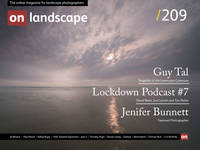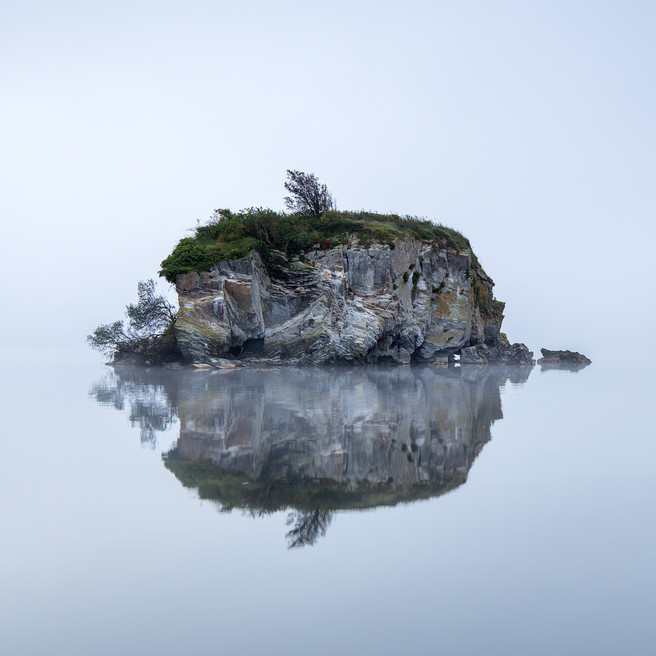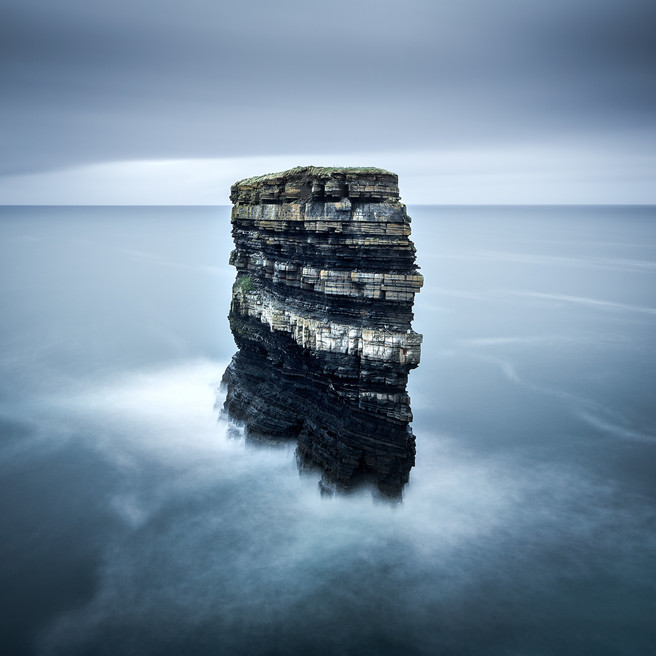Minimalism and Norman McCloskey’s Devil’s Island

Thomas Peck
The real pleasure of photography is that it forces me to slow down and really look. That’s never easy in our rushed world, so a chance to stop, look and see is truly valuable.
Perfection in design is achieved not when there is nothing more to add, but when there is nothing left to take away.- Antoine de Saint Exupery
Saint Exupery’s dictum is exemplified, par excellence, by McCloskey’s image of Devil’s Island, taken one foggy morning in Killarney National Park, County Kerry, Ireland. On a superficial level, we see an image which has been stripped back to its essentials: an island, its reflection and the merging of water and sky to create a uniform background to the image. It seems simple, simplistic even, a perfect example of the cliché saying about minimalism: less is more. But this is to underplay the power of this particular image, and the impact of minimalism in general – it is anything but simple!
If we approach an image like this from a compositional point of view, then we already begin to understand some of the interpretative choices that the photographer has made. For example, we are presented with geometric shapes – the island and its reflection create a (rough) circle which has been placed centrally in a square frame.
This is a pictorial effect created by the deliberate decision of the photographer to shoot when the water is still. Not also how the space around the island and its reflection is devoid of texture. The viewer can’t really tell any difference between water and sky. They are tonally equal, there is no pattern or surface structure for the eye to rest on. The blending of water and sky is emphasised by the restricted colour palette, blues and slight greys. That’s it. Even the island only manages a hint of brown and green, a dab of white. All very sparing, austere and simple.
Why is this sort of minimalism an attribute of perfection as suggested by Saint Exupery? I think this comes down to a balance of the aesthetic choices the photographer has made, and the emotional impact that derives from those choices. I’m not particularly interested in how the image came about – perhaps the water was really that still, the fog obscured the horizon line, or McCloskey used a ND filter to smooth the texture, it doesn’t really matter. The effect, so common to minimalism, is to focus the eye on one point, to make the viewer stop, and to force a contemplation. It is a stilling of the everyday reality. Imagine for example what it actually must have been like when McCloskey stood on the shore. There would have been waves, movement, noise, detail – we all know as photographers how the moment of making an image can be full of adrenalin and excitement. But all this has been excised. The rhythm of reality has been slowed down and stopped, this image creates an unreality, something the eye cannot see, but only the mind of the photographer can perceive and demonstrate to the viewer.
And so, to the emotional impact: What does this image convey to you? A feeling of peace, calm and quietness? Does it suggest tranquillity and harmony? Perhaps a meditative feeling, of a sense of emptiness? I wonder if this existed at the moment of making the image…? More often than not, I suspect it doesn’t. Rather this is the minimalist aesthetic: It is the photographer’s decision to strip away, to get rid of colour, of objects, textures, to blend everything into a formal static composition, to flatten time, that brings us back to Saint Exupery’s insight: there is nothing left to take away, and to be left with perfection…
For more of Norman McCloskey’s work see: https://www.normanmccloskey.com and https://www.instagram.com/normmccloskey/



